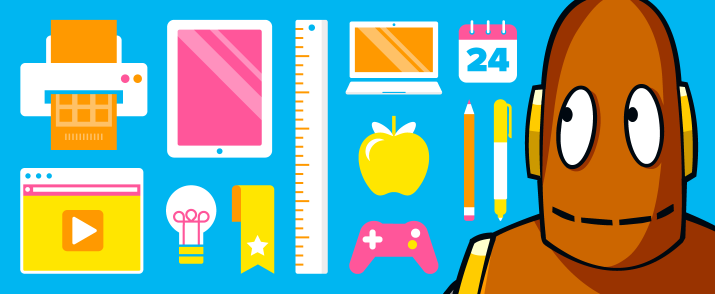No matter where you live, or the
level of English you are teaching at, we are sure you have said or heard
someone say: “My students cannot follow
the book that we use in class”, “The activities that are in it are dull and
boring”, “The content and topics do not fit my students’ interests and
context”. The major reasons for this
incoherence in the relation content-students seem to lay in the fact that coursebooks are
commercial materials. This means that the designers and publishing houses in charge of
producing coursebooks aim at a general public with the purpose of addressing the
majority of the EFL market. In other words, commercial materials like
coursebooks “are necessarily generic and not aimed at any specific group of
learners or any particular cultural or educational context.” (Howard &
Major, 2005:101) These characteristics led teachers around the world to design
their own materials so as to contextualise the contents and activities.
There
may be plenty of reasons why teachers decide to design their own teaching
material. For example, teachers and students might not have the amount of money
that is required to purchase commercial coursebooks. The coursebook may not fit
the students’ interests or way and pace of learning. Another relevantaspect
that is entailed in the decision of choosing either pre-designed material or
personalised material is the theories of learning and teaching we base our
practices on. This is crucial for our lessons to be coherent and logically
organised.
It
is important to make clear that we do not assume material designing as an easy task
that all teachers must involve themselves in. We are aware of the difficulties
and amount of time that the task of designing carries. Wealso need to be aware
that the outcome we must expect will not have the same ‘professional’
appearance as commercially produced materials. Here, different technological
tools will aid us in the production of attractive and useful materials.
Moreover, some other materials require handicraft abilities on the part of the
teacher. We have to be aware of our capabilities, skills, and, also our weak
points.
As
the teacher’s task is to help students to learn the language, we have to
provide the materials that will help us to achieve that aim. It is in our power,
as long as the educational context is flexible, to choose whether a commercially
produced material or a more personalised self-designed
material is more appropriate in a specific occasion. Do not forget that it is our task, and no one
else’s, to choose what to teach and how to teach it, providing that we have
clear our teaching goals.
Resources
Howard, J. and Major, J. (2005) Guidelines for designing effective English language teaching materials. Seoul, South Korea: PAAL9, Oct 2004. In Proceedings of the 9th Conference of Pan-Pacific Association of Applied Linguistics: 101-109.http://www.paaljapan.org/resources/proceedings/PAAL9/pdf/Howard.pdf. (Conference Contribution - Published)

Your reflections on the role of the teacher as a materials designer are really interesting!
ReplyDeleteThank you very much!
DeleteCongratulations for this beautiful blog and your first words! I particularly like the distribution, let alone the original name and the clear purpose below.
ReplyDeleteI agree with the 99% (I can always be mistaken) of your ideas and it seems that we're on the same direction, towards the improvement of the role of the teacher as a material designer.
Good job, it whetted my appetite for a second post!
Thank you, your words are really appreciated. We are happy that we share the same direction :)
Delete